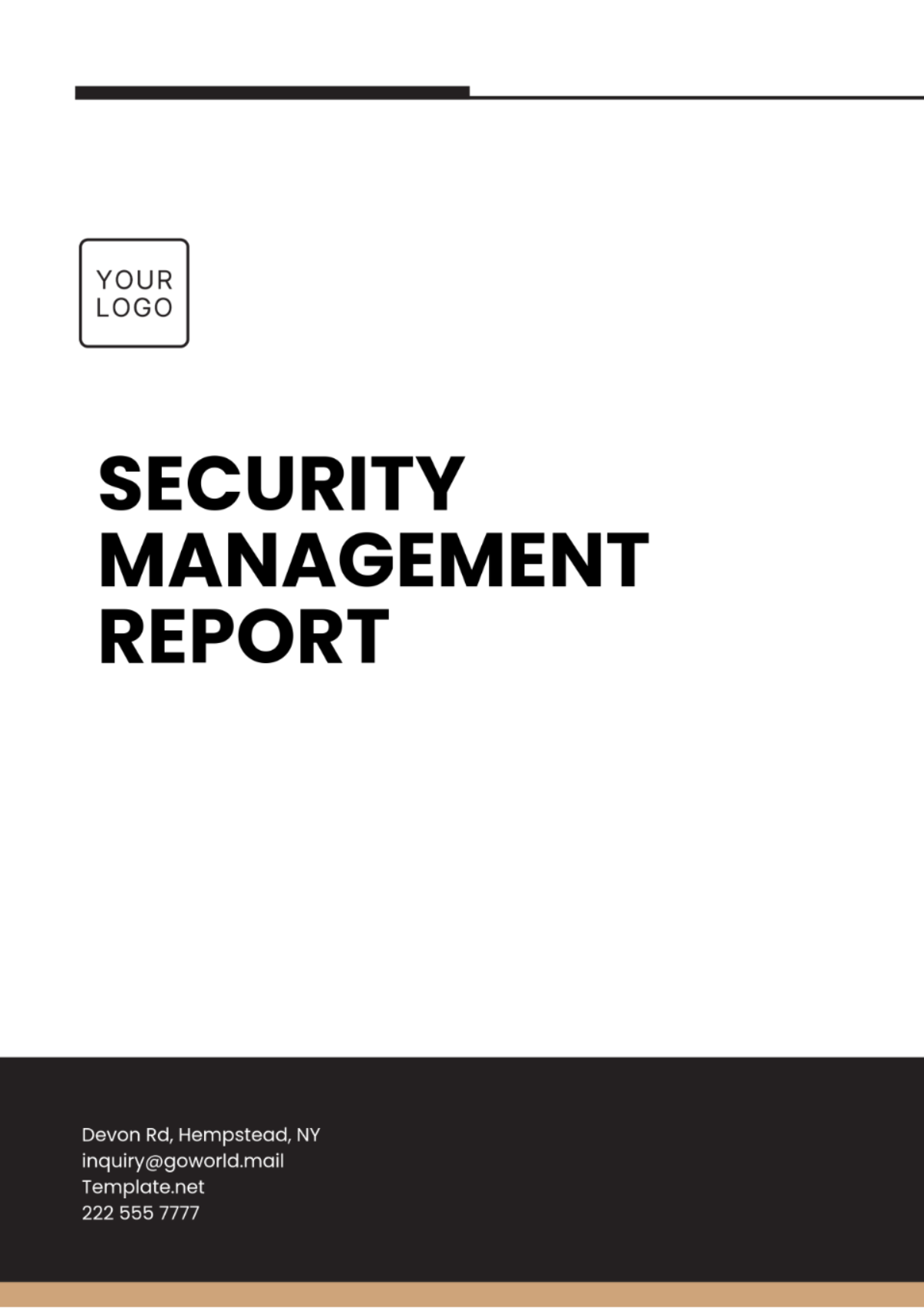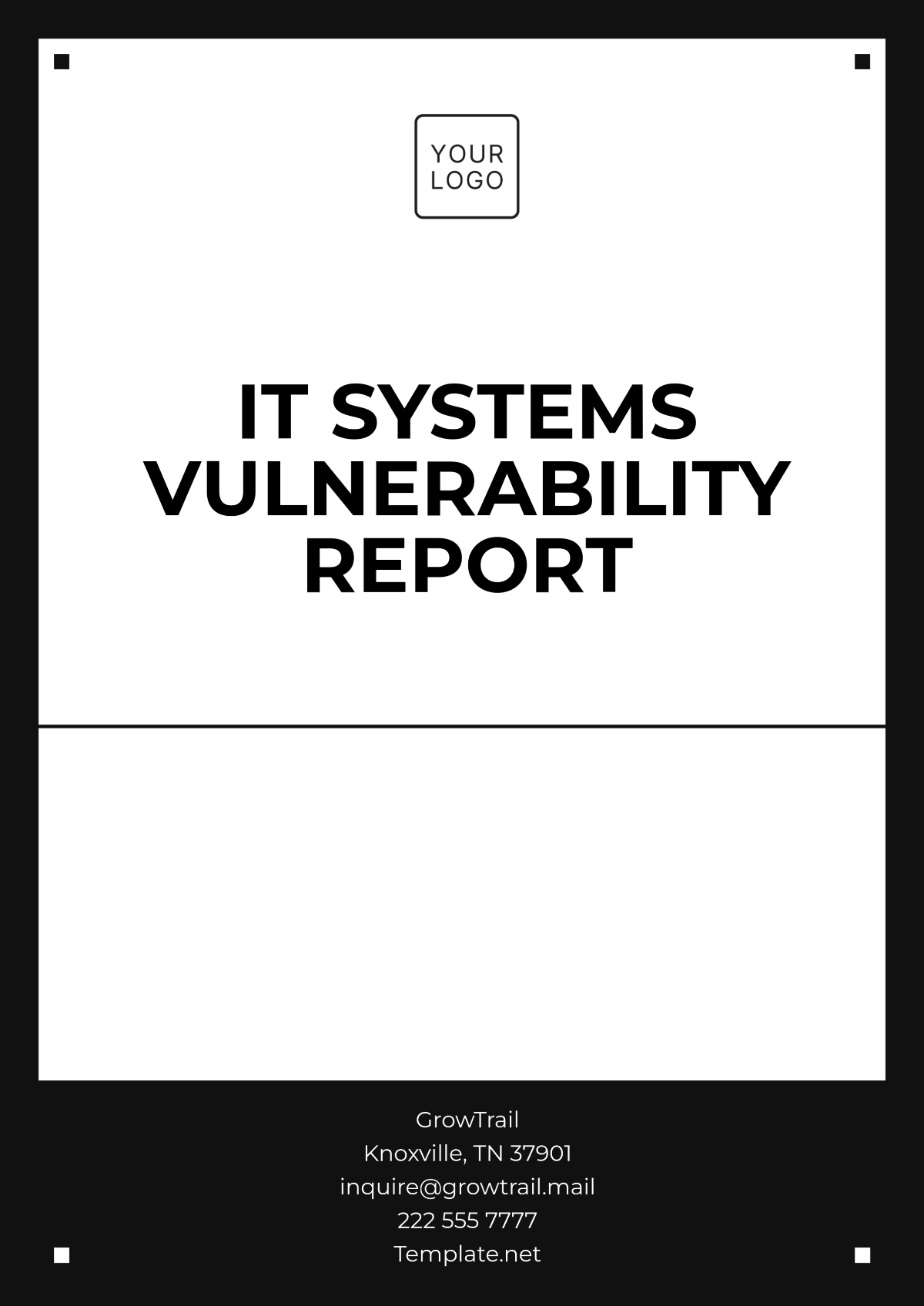DATA BREACH SECURITY REPORT
Prepared by: [Your Name]
I. Executive Summary
This report provides an in-depth analysis of recent data breaches, examining the primary causes, affected industries, and protective measures. The objective is to inform and guide organizations on strategies to mitigate potential data breaches and enhance their cybersecurity posture.
II. Introduction to Data Breaches
Data breaches have become increasingly common in today's digital landscape, affecting organizations of all sizes. This section explores the definition, significance, and potential impact of data breaches on organizations.
1. What is a Data Breach?
A data breach is an incident that results in the unauthorized access, retrieval, or dissemination of sensitive, protected, or confidential data. Such breaches can affect personal identities, financial information, intellectual property, and competitive advantage.
III. Analysis of Recent Data Breaches
1. Statistics and Trends
In 2055, data breaches continue to rise, affecting various sectors globally. Below is a table showcasing breach statistics by industry:
Industry | Number of Breaches | Records Exposed |
|---|---|---|
Healthcare | 210 | 5.5 million |
Financial Services | 145 | 3.2 million |
Retail | 180 | 4.8 million |
These numbers reflect a growing trend towards targeted attacks on sensitive sectors, emphasizing the need for robust cybersecurity measures.
2. Notable Breach Case Studies
Examining specific breaches provides insights into the vulnerabilities and consequences faced by organizations. Key case studies include:
[Your Company Name]: A breach due to a phishing email led to the exposure of 2 million customer records.
ABC Bank: A sophisticated cyber attack compromised financial data, resulting in significant financial loss and regulatory penalties.
IV. Causes of Data Breaches
1. Human Factors
Human error remains a leading cause of data breaches. Common mistakes include weak passwords, email phishing scams, and misconfigured security settings.
2. Technological Failures
Technological vulnerabilities such as outdated software, inadequate security frameworks, and lack of encryption are significant contributors to data breaches.
V. Protective Measures
1. Organizational Strategies
Implementing comprehensive cybersecurity policies is critical for breach prevention. Recommended strategies include:
Conduct regular security audits and vulnerability assessments.
Increase employee awareness through targeted security training programs.
Establish incident response teams to quickly address security breaches.
2. Technological Implementations
Utilizing advanced technology solutions enhances data protection. Effective implementations include:
Deploying advanced firewalls and intrusion detection systems.
Utilizing multi-factor authentication to ensure user authentication.
Encrypting sensitive data both at rest and in transit.
VI. Conclusion
The 2055 Data Breach Security Report underscores the critical need for organizations to adopt a proactive approach to cybersecurity. By recognizing potential vulnerabilities and implementing effective protective measures, businesses can safeguard their data and uphold their operational integrity against evolving cyber threats.







































